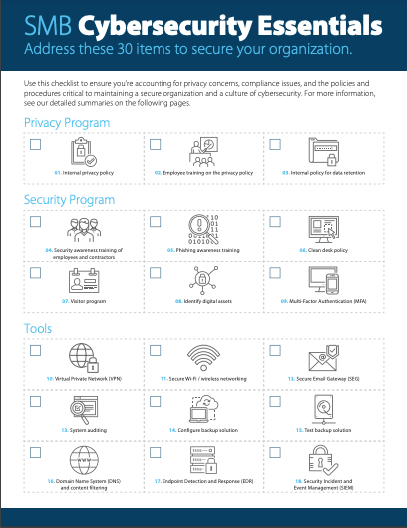Companies looking for an approachable, affordable, and reliable upgrade to business processes are turning to unified communications (UC) to improve their information systems. UC is cheaper than ever to deploy, and its simplicity attracts business leaders formerly reluctant to adopt new technologies.
What is unified communications?
UC allows you to manage all your communications as one piece of architecture rather than as several different components patched together. It integrates computer-related communication technologies like instant messaging and video conferencing with Voice over Internet Protocol (VoIP), which allows you to make and receive calls using the internet.What can be integrated?
Just about every medium of communication can be integrated. This includes voice communication in all its forms — voicemail, phone calls, voice memos, and the like — as well as multimedia services like video chat and web conferencing. Real-time communication like call screening and call conferencing can also be integrated. Even data services and transactions like eCommerce and online banking can be added to a UC system.What are the benefits of UC to small businesses?
One of the most evident benefits is having a single and flexible communication infrastructure that allows you to streamline and enhance business communication and easily manage all the components.Features can be easily scaled up or down to support your business needs. Other benefits include:
Hypermobility
UC enables you to access your files via a wide array of smart devices, like laptops, smartphones, tablets, and more. This means you can create your office environment and satisfy customers from anywhere you please. This opens up a world of opportunity for real-time collaboration and remote work.Improved productivity
Productivity-enhancing communication features, like call info, call routing, and more, gives staff the ability to work more efficiently and better tend to customers’ needs. Web and video conferencing calls, for instance, not only allow for real-time interactivity, but also for better collaboration. Delayed response times and gaps between dispersed teams are also minimized.Real-time updates
Real-time presence updates share users’ location and contact information — provided that you authorize the use of this feature. This way, you can get the right information from the right person when you need it.Single point of contact
Clearly defined points of contact ensure that stakeholders can reach you by email, phone, SMS, etc., whether they are reaching out to you from a softphone, an IP phone, email, or IM.Reduced costs
UC eliminates travel costs and lowers phone bills since it uses the internet to make calls. It also limits the need for expensive on-site hardware, as one UC server keeps everyone connected using the aforementioned communication features.Even better, you can potentially save thousands of dollars on office overheads by allowing employees to work from home since they’ll remain connected with their softphones even when they’re not in the office.
It’s only a matter of time before unified communications becomes the norm for day-to-day office interactions. If you’re interested in learning more about how UC or VoIP can transform your business, just give us a call. We’ll answer your questions and help you devise an integration strategy for your business.
Download this
Cybersecurity Essentials
Checklist
to make sure your business is safe from all types of cyber attacks.
By downloading this, you are agreeing to get emails from us. We promise, we will not spam you. And you are free to unsubscribe anytime you want. We hope you won't do as we have more awesome content comin!

